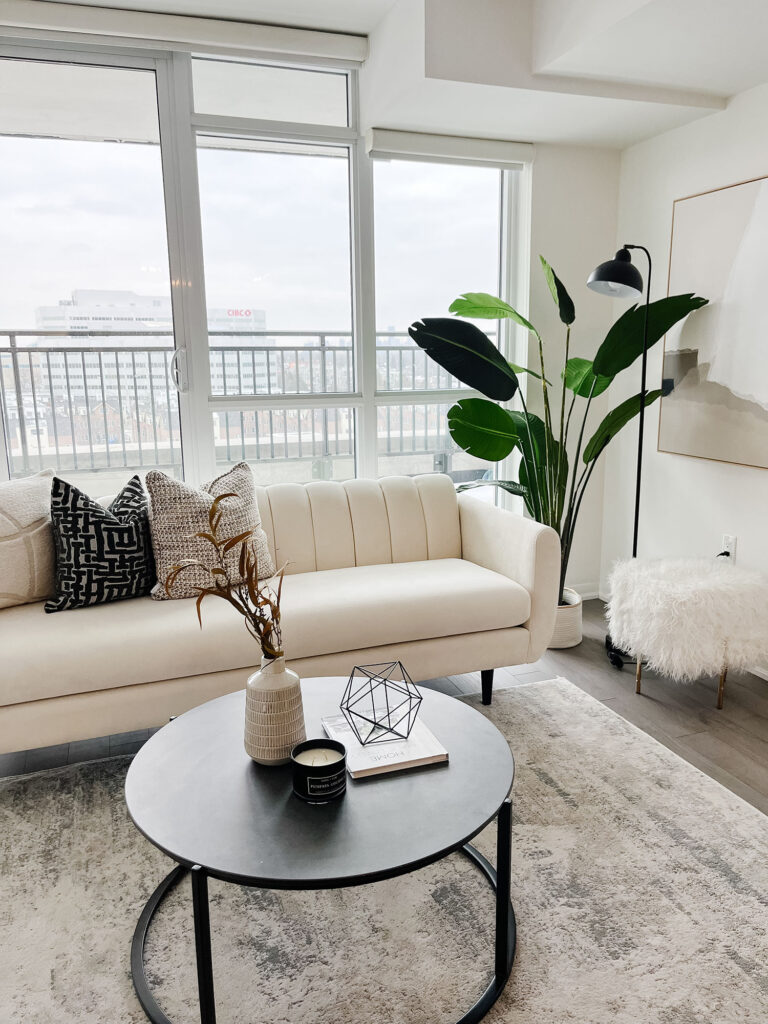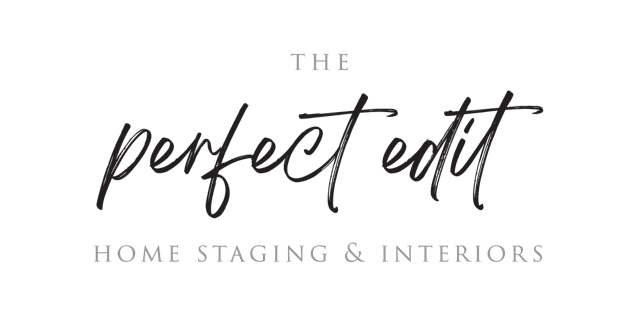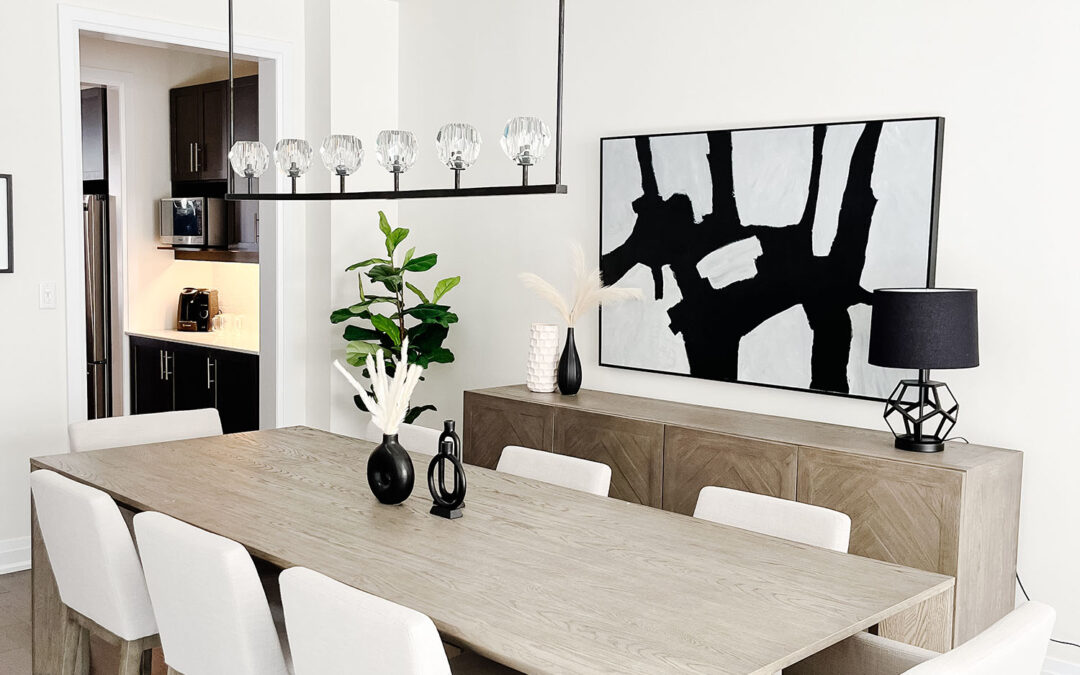In the realm of interior design, two terms often come up in conversations: staging and decorating. While they might seem similar on the surface, they serve distinct purposes and involve different approaches. Whether you’re preparing to sell your home or simply want to enhance its aesthetic appeal, it’s crucial to grasp the disparities between staging and decorating to achieve your desired outcome effectively.
Staging: Setting the Scene for Success
Staging revolves around the art of presenting a property in its best possible light to attract potential buyers. It’s all about depersonalizing the space and allowing prospective buyers to envision themselves living in the home. Here’s how staging sets itself apart:
- Objective-Oriented: Staging is goal-oriented with the primary aim of maximizing the property’s appeal to a broad audience. It involves strategic placement of furniture, accessories, and décor to highlight the property’s key features and downplay its flaws.
- Neutral Palette: Staging typically employs a neutral color palette, emphasizing light, airy tones that create a sense of spaciousness. This helps potential buyers visualize the space as a blank canvas they can personalize according to their tastes.
- Minimalism: Less is often more when it comes to staging. By decluttering and minimizing personal items, staging allows the architecture and features of the home to shine without distraction.
- Highlighting Functionality: Staging focuses on showcasing each room’s functionality and purpose. This involves arranging furniture in a way that optimizes traffic flow and emphasizes the potential uses of every space.
- Strategic Placement: Every piece of furniture and décor in a staged home serves a purpose. Items are carefully selected and placed to create a cohesive and inviting atmosphere that appeals to the target demographic.

Decorating: Infusing Personality and Style
In contrast, decorating is a more personal endeavor aimed at beautifying a space to reflect the owner’s individual taste and style. Here’s how decorating differs from staging:
- Personalization: Decorating is all about personal expression. It involves selecting furnishings, colors, and accessories that resonate with the homeowner’s personality and preferences.
- Creative Freedom: Unlike staging, which follows a set of guidelines to appeal to potential buyers, decorating allows for greater creative freedom. Homeowners have the liberty to experiment with different styles, textures, and themes to create a space that feels uniquely theirs.
- Long-Term Investment: While staging is temporary and geared towards selling a property, decorating is a long-term investment in creating a home that reflects the homeowner’s lifestyle and tastes.
- Emotional Connection: Decorating aims to evoke an emotional connection with the space, making it feel warm, inviting, and personalized. It’s about creating a sanctuary where homeowners feel comfortable and inspired.
- Layering and Detailing: Decorators often focus on layering textures, patterns, and accessories to add depth and visual interest to a space. It’s about paying attention to the finer details that contribute to the overall ambiance and aesthetic appeal.
Conclusion: Finding the Balance
While staging and decorating serve different purposes, they can complement each other beautifully when done thoughtfully. When selling a home, effective staging can help attract potential buyers and facilitate a quicker sale. On the other hand, once the home is sold, decorating allows the new homeowners to infuse their personality into the space and create a place they can truly call home. By understanding the distinction between staging and decorating, homeowners can navigate the design process with clarity and confidence, achieving their desired outcomes with ease.

